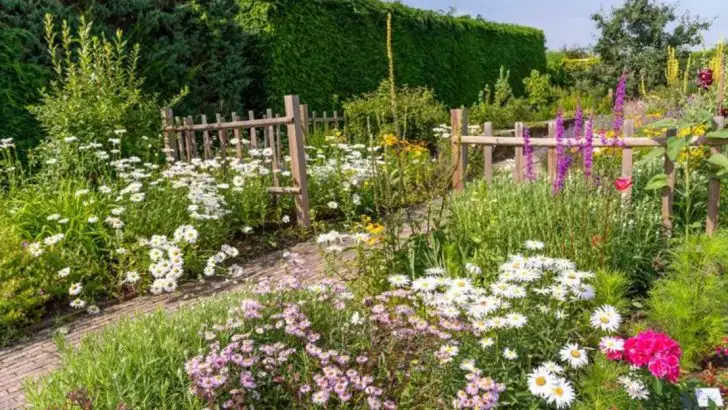Tired of spending hours mowing, watering, and fertilizing your lawn? Meadowscaping offers a beautiful, low-maintenance alternative that not only saves time and resources but also supports local wildlife. By replacing traditional grass with native wildflowers, grasses, and pollinator-friendly plants, you can create a thriving ecosystem right in your backyard.
This natural landscaping approach attracts birds, butterflies, and beneficial insects, improves soil health, and reduces the need for pesticides and fertilizers. Plus, a meadow-style garden provides seasonal beauty with ever-changing colors and textures.
Learn how to transform your yard into a stunning, eco-friendly meadow that flourishes with minimal upkeep!
Native Plants
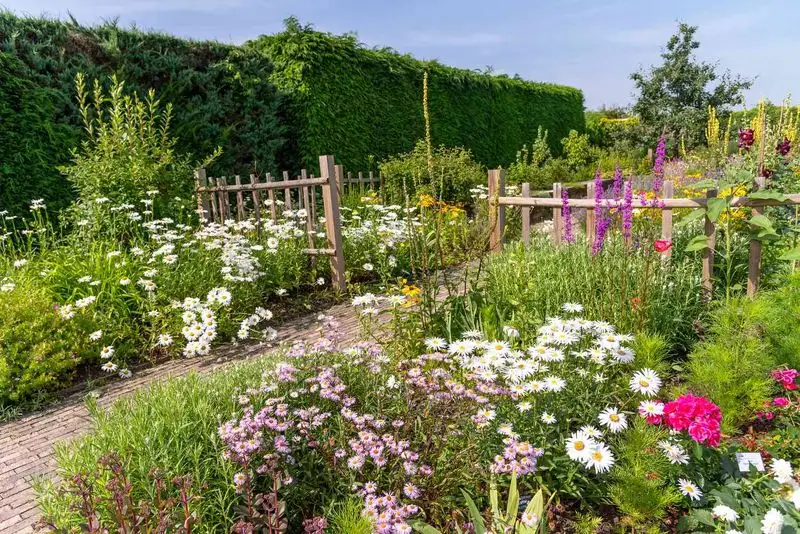
Choosing native plants ensures that your garden thrives with minimal intervention. These plants are adapted to local conditions, requiring less water and fewer resources. By incorporating native species, you support local pollinators and wildlife. This approach reduces the need for chemical fertilizers and pesticides. Consider blending a variety of colors and textures to create an aesthetically pleasing environment. Native plants often provide food and shelter for birds, insects, and other creatures. Their resilience to local climate conditions makes them an ideal choice for sustainable gardening.
Wildflower Mixes
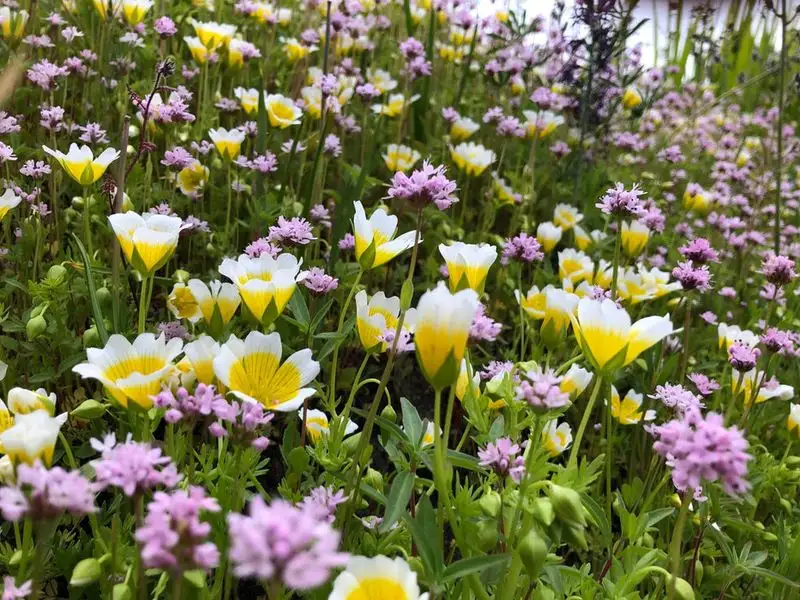
Wildflower mixes offer an easy way to introduce diversity into your garden. These pre-packaged seeds contain a variety of species that flourish together. Planting wildflower mixes ensures continuous blooms throughout the season. They attract pollinators like bees and butterflies, essential for a healthy ecosystem. The vibrant colors and textures add visual interest and depth. It’s a simple yet effective method to enhance biodiversity. By sowing a mix, you minimize the risk of disease and pest issues, as the variety of plants supports different beneficial insects.
Grasses and Sedges
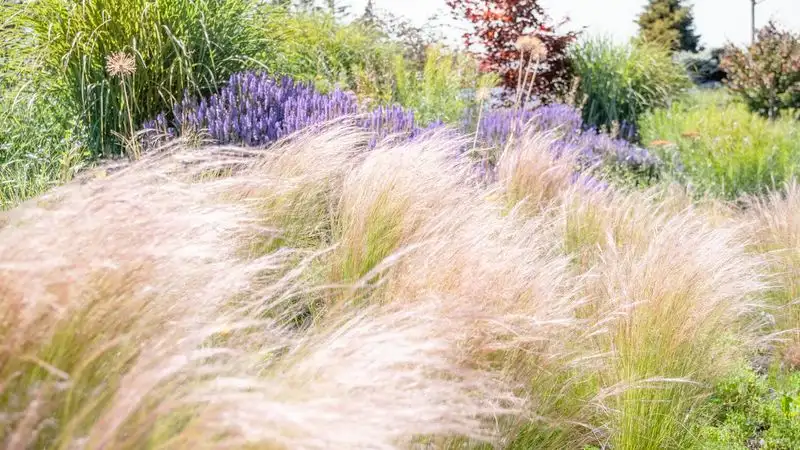
Incorporating grasses and sedges adds structure and movement to your meadowscape. These plants provide habitat for various species, including birds and small mammals. Grasses and sedges are hardy and require little maintenance, making them perfect for low-effort gardens. Their root systems help prevent soil erosion and improve water retention. The gentle sway of grasses in the wind adds a dynamic element. Mixing different heights creates layers and visual interest. Consider using a mix of warm-season and cool-season grasses for year-round appeal.
Pollinator Habitats
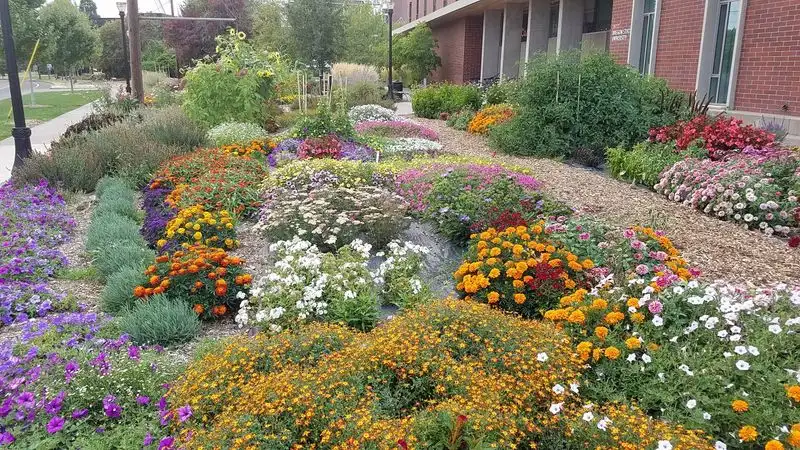
Creating pollinator habitats is crucial for supporting bees, butterflies, and other beneficial insects. These creatures play a vital role in plant reproduction. Establishing a variety of nectar-rich plants ensures a food source throughout the growing season. Incorporate flowering plants that bloom at different times. This provides continuous support for pollinators. Avoid using pesticides that can harm these sensitive species. By prioritizing pollinator-friendly plants, you contribute to the preservation of essential ecosystem functions.
Water Features
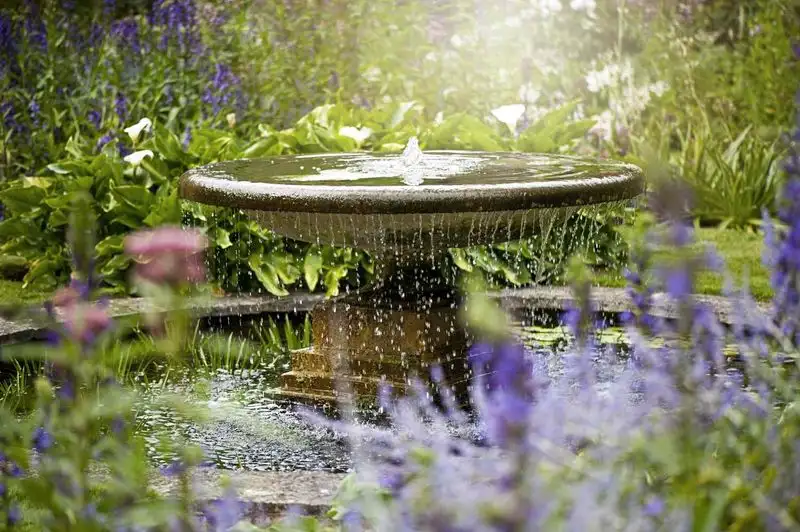
Water features introduce a new dimension to meadowscaping, attracting diverse wildlife to your garden. Birds, amphibians, and dragonflies are drawn to water sources. A small pond or birdbath can become a focal point. Water features require some maintenance but offer substantial ecological benefits. They provide drinking water and habitat for aquatic plants and animals. Incorporating water elements enhances the sensory experience of your garden. It also supports a broader range of biodiversity, making your garden a true ecological haven.
Seasonal Blooms

Planning for seasonal blooms ensures your garden remains vibrant year-round. Select plants that flower at different times to maintain visual interest. This approach also supports wildlife by providing consistent food sources. Early spring bulbs, summer perennials, and autumn asters can be strategically planted. Consider the timing of blooms to create a seamless transition between seasons. Seasonal diversity reduces the garden’s vulnerability to pests. By layering blooms, you ensure a dynamic and attractive landscape that resonates with natural cycles.
Garden Paths

Garden paths offer accessibility and highlight the beauty of your meadowscape. They guide visitors through different sections, enhancing the exploration experience. Paths can be made using natural materials like mulch or gravel, blending seamlessly with the environment. Their presence helps prevent soil compaction in planted areas. Well-designed paths create a sense of discovery and invite interaction with nature. The layout of paths can direct attention to particular plants or features. They add structure without disrupting the natural flow of the garden.
Living Willow Structures
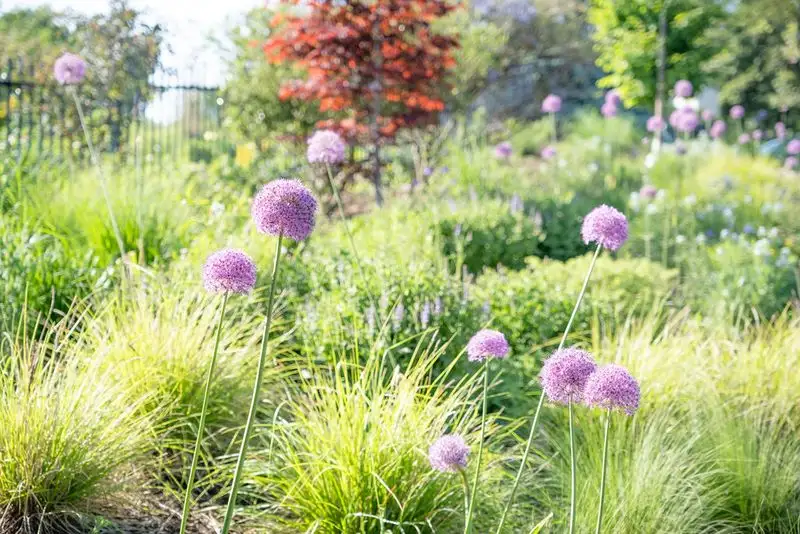
Living willow structures offer an enchanting way to sculpt nature into functional art. Using pliable willow branches, gardeners can create domes, tunnels, or fences that change with the seasons. These structures provide shelter for small animals and birds, while also serving as playful hideaways for children. The pliability of willow makes it an excellent choice for those looking to introduce organic architecture into their garden spaces. This method requires patience and creativity, as the willow grows and intertwines. The result is a living structure that evolves over time, enhancing the garden’s charm and ecological value.
Bioluminescent Mushrooms
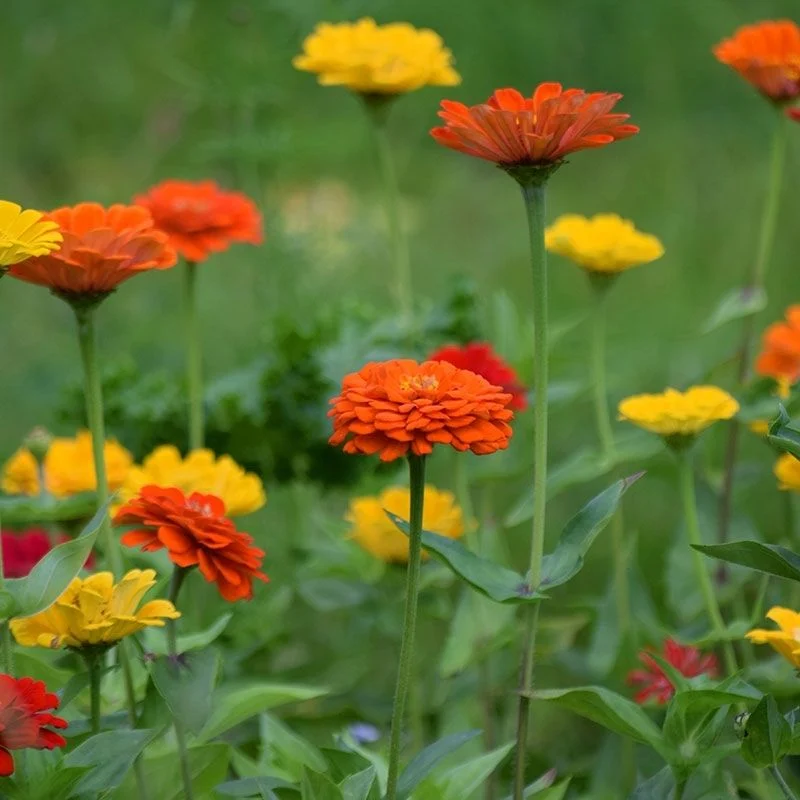
Imagine a garden that glows softly at night. Bioluminescent mushrooms can make this dream a reality. These fascinating fungi emit a gentle light, adding an otherworldly touch to your garden paths and borders. While they may seem like a fantasy, some species are available for cultivation. Integrating these glowing mushrooms into your garden not only enhances its aesthetic appeal but also fosters a unique environment for nocturnal wildlife. They thrive in shaded, damp areas, making them perfect companions for a variety of plants. This captivating feature transforms your meadowscape into a nighttime wonderland.
Edible Flower Carpets

Edible flower carpets can transform your garden into a feast for the senses. These low-growing flowers not only add bursts of color but also offer culinary delights. Imagine harvesting pansies, violets, or nasturtiums to embellish salads or desserts. Creating such a carpet involves choosing flowers that thrive in your climate and soil conditions. This approach encourages biodiversity, attracting pollinators and beneficial insects. The edible aspect adds an interactive element, inviting you to explore the flavors of your garden. This vibrant tapestry of flowers enriches the visual and practical aspects of your meadowscape.
Insect Hotels
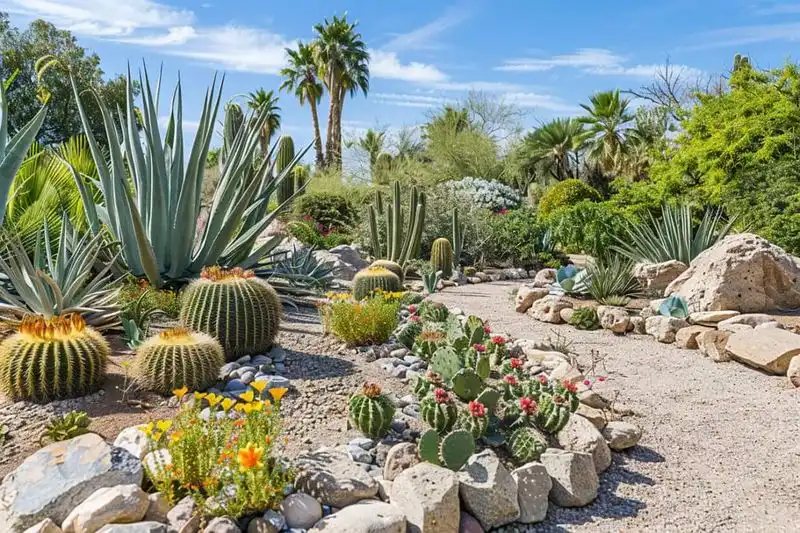
Insect hotels are a fantastic way to support biodiversity in your garden. These structures provide essential refuge for beneficial insects like ladybugs and bees, which are crucial for pollination. Crafted from natural materials, insect hotels can vary in design, from simple wooden boxes to intricate structures filled with bamboo, twigs, and pinecones. Positioning them in sunny spots ensures their inhabitants are comfortable and active. Beyond their functional role, insect hotels add a whimsical touch to the garden, sparking curiosity and educational opportunities. This feature is an impactful addition to any wildlife-friendly garden.
Artistic Stone Arrangements

Artistic stone arrangements offer a grounding element in meadowscaping. By strategically placing stones of varying sizes, you can create focal points, pathways, or even meditation areas. These arrangements can mimic natural rock formations or reflect cultural inspirations, adding a personal touch to your garden. The stones provide habitats for small creatures and help retain soil moisture, benefiting surrounding plants. This practice combines aesthetics with functionality, creating a space that is both beautiful and sustainable. Whether inspired by Zen gardens or ancient landscapes, stone arrangements enrich the garden’s texture and visual interest.

